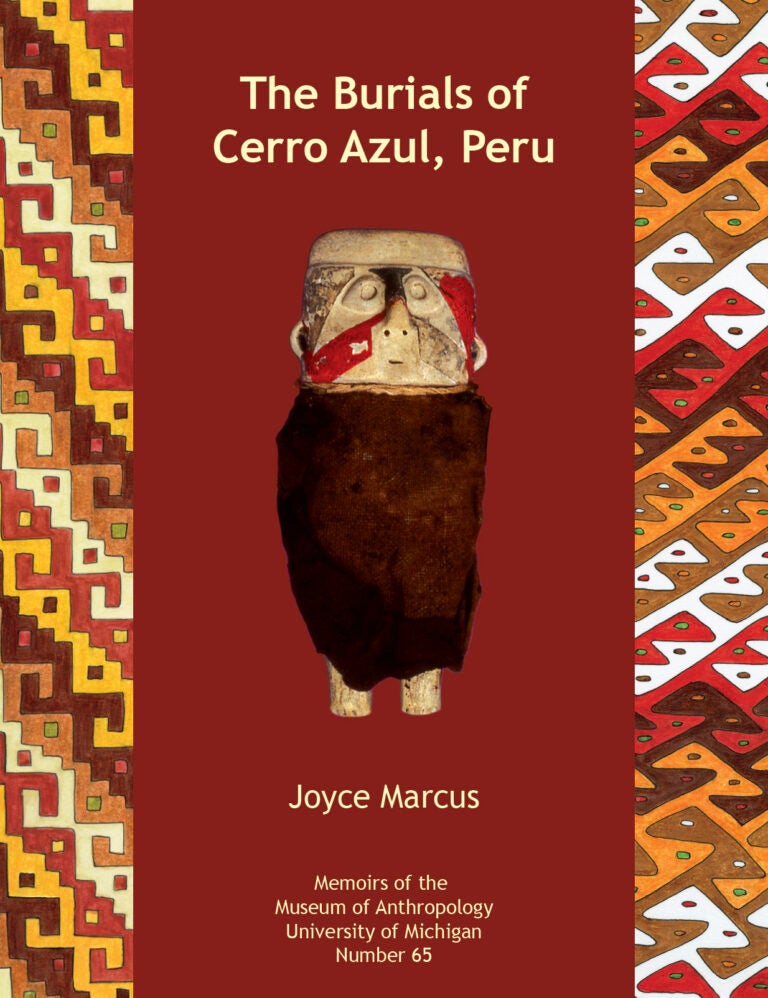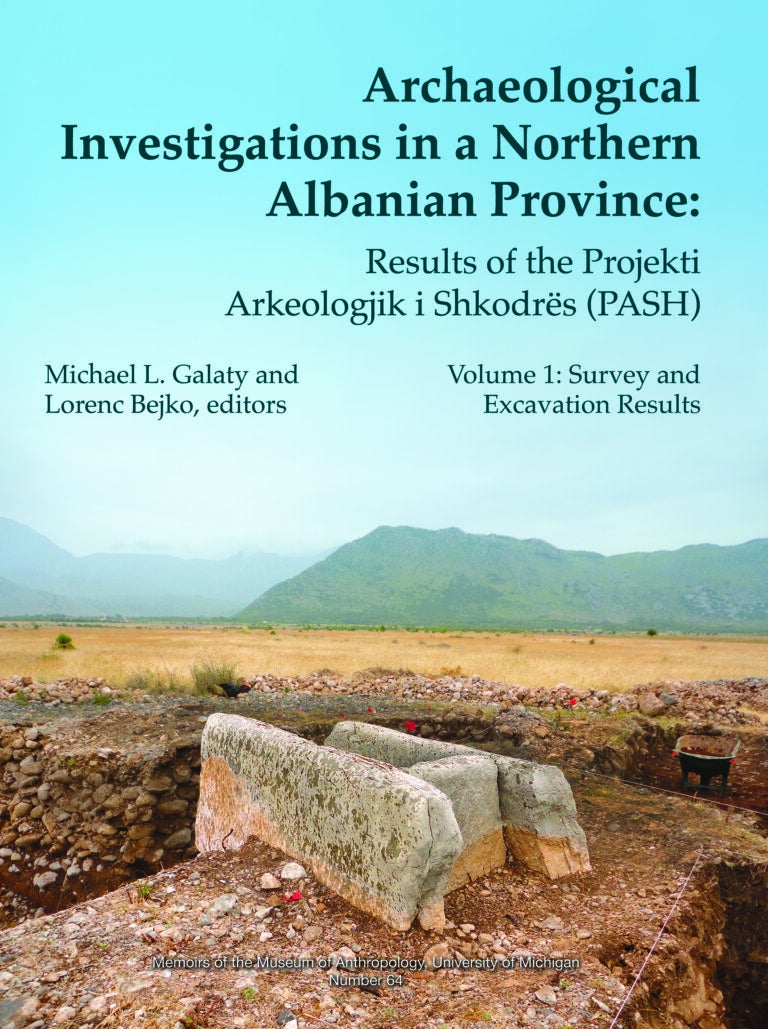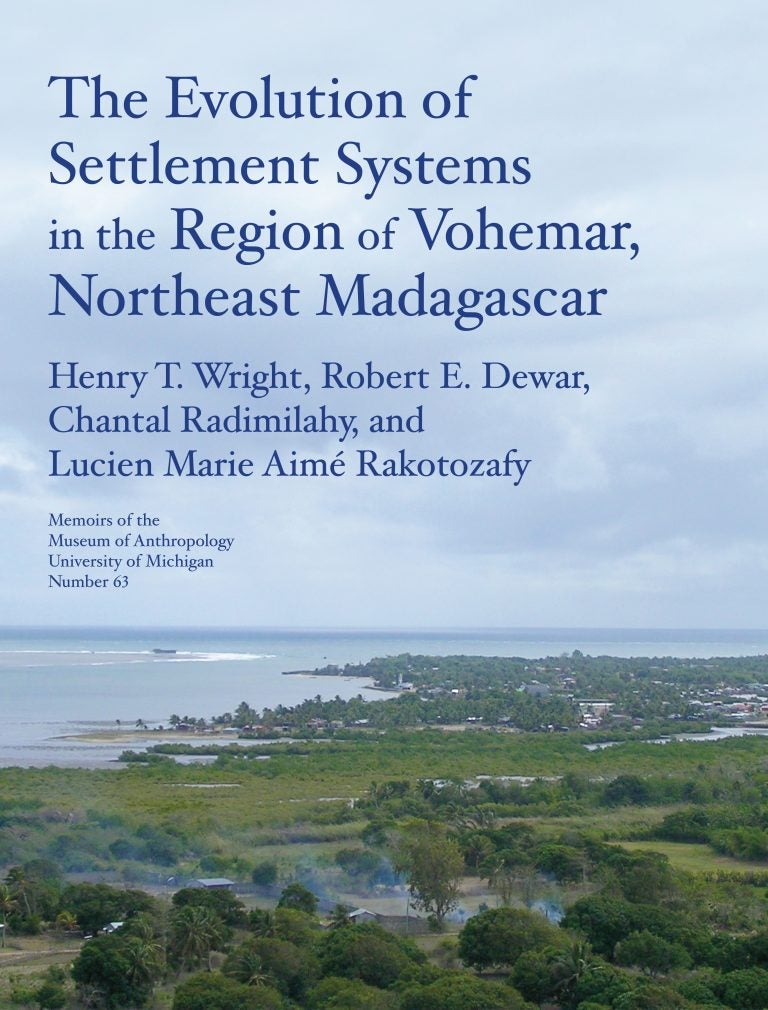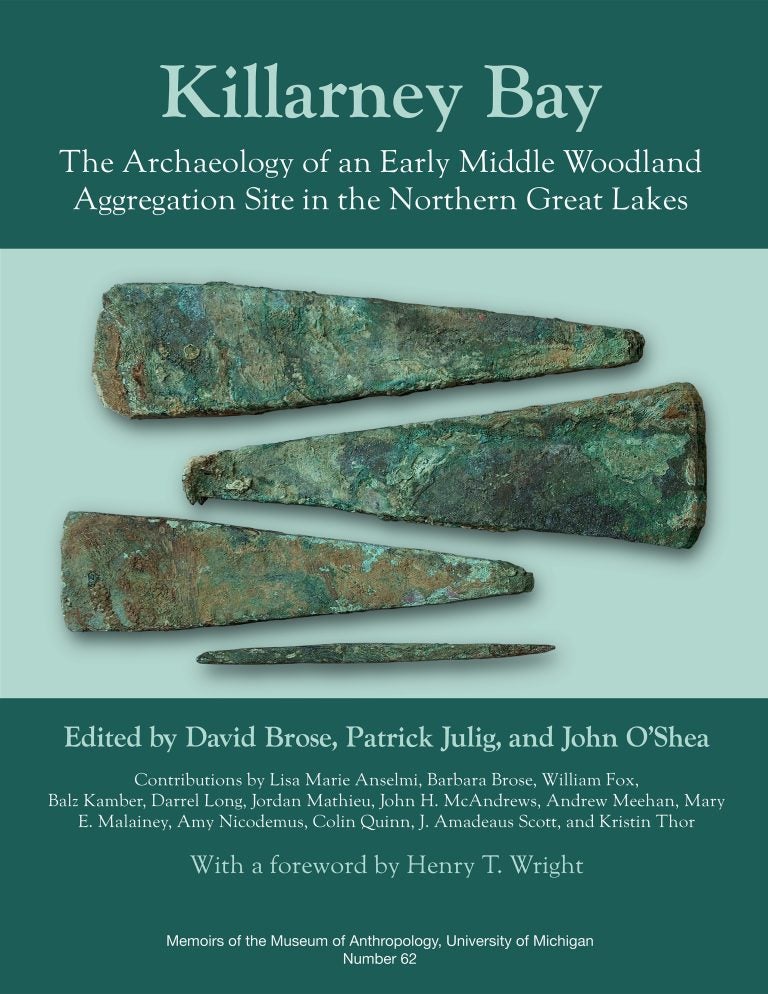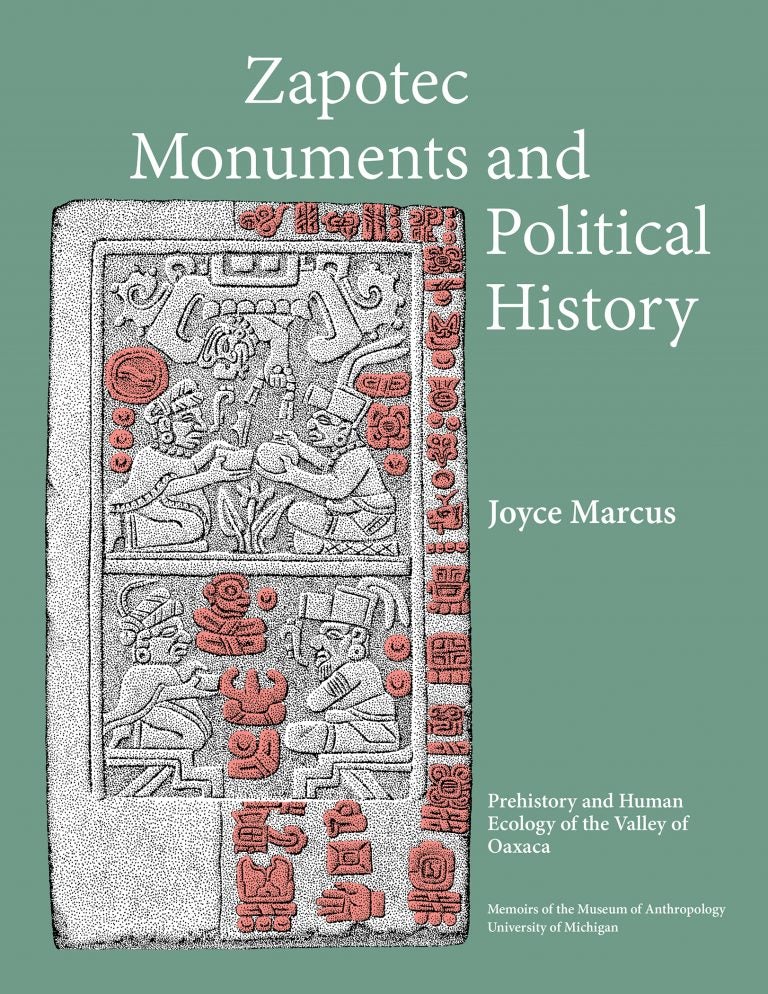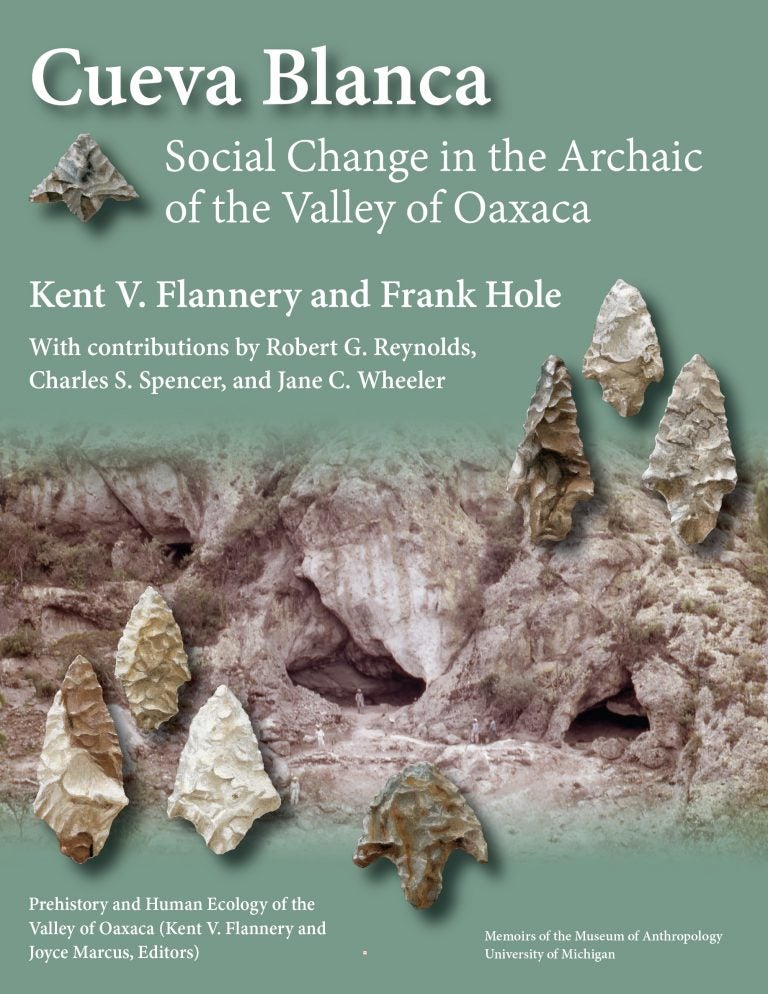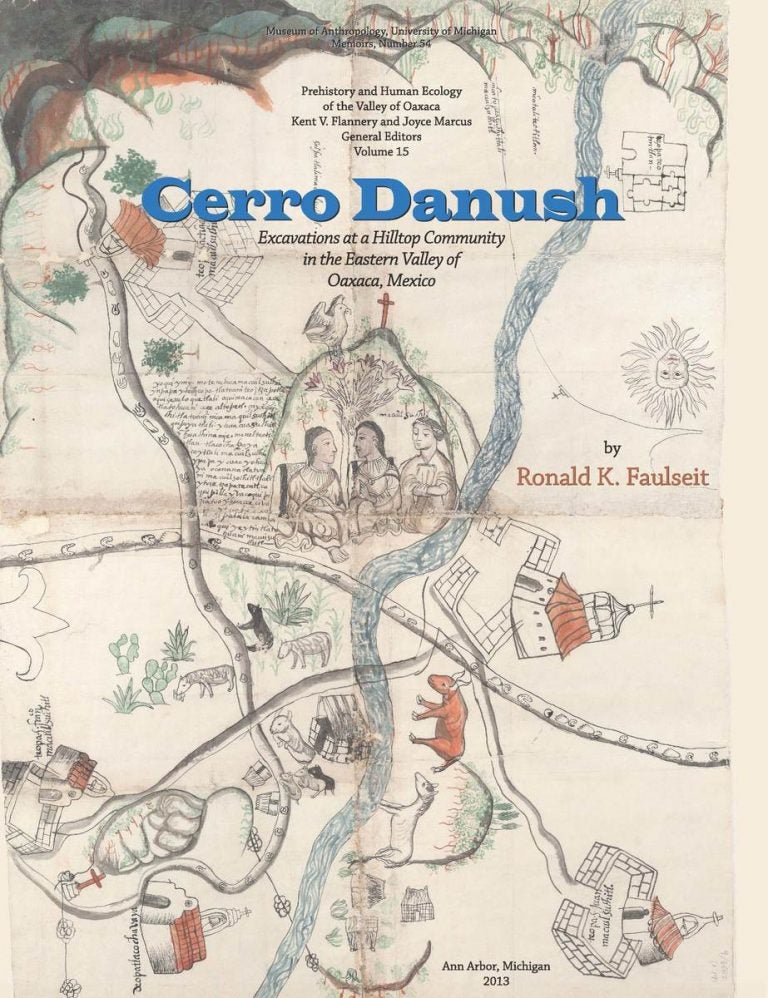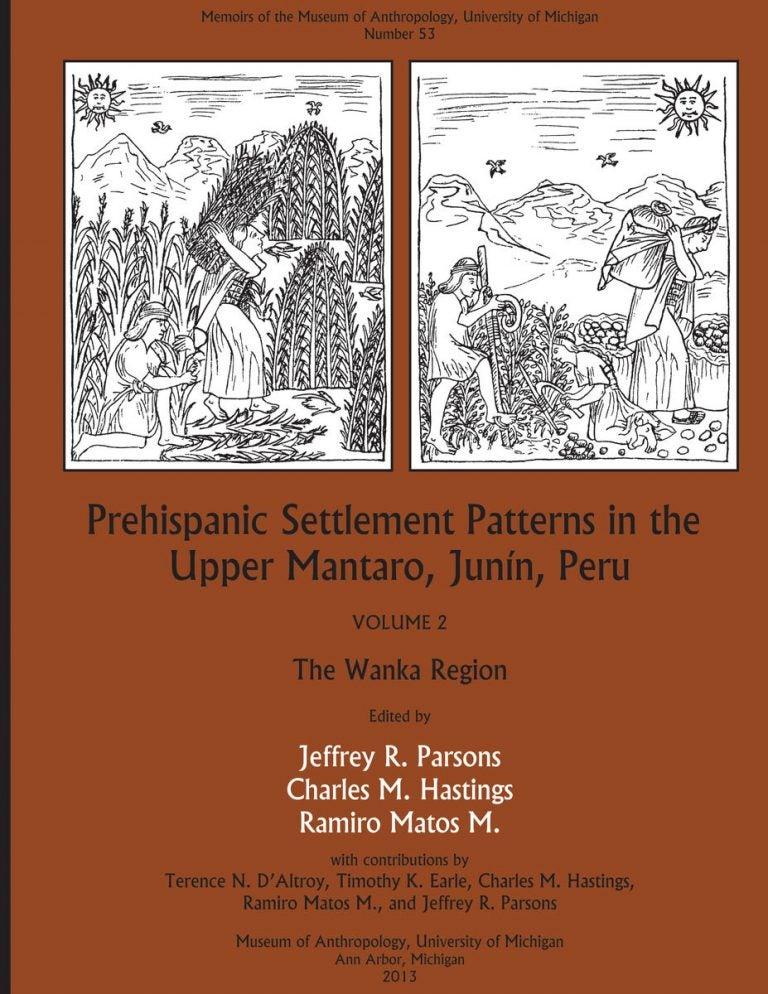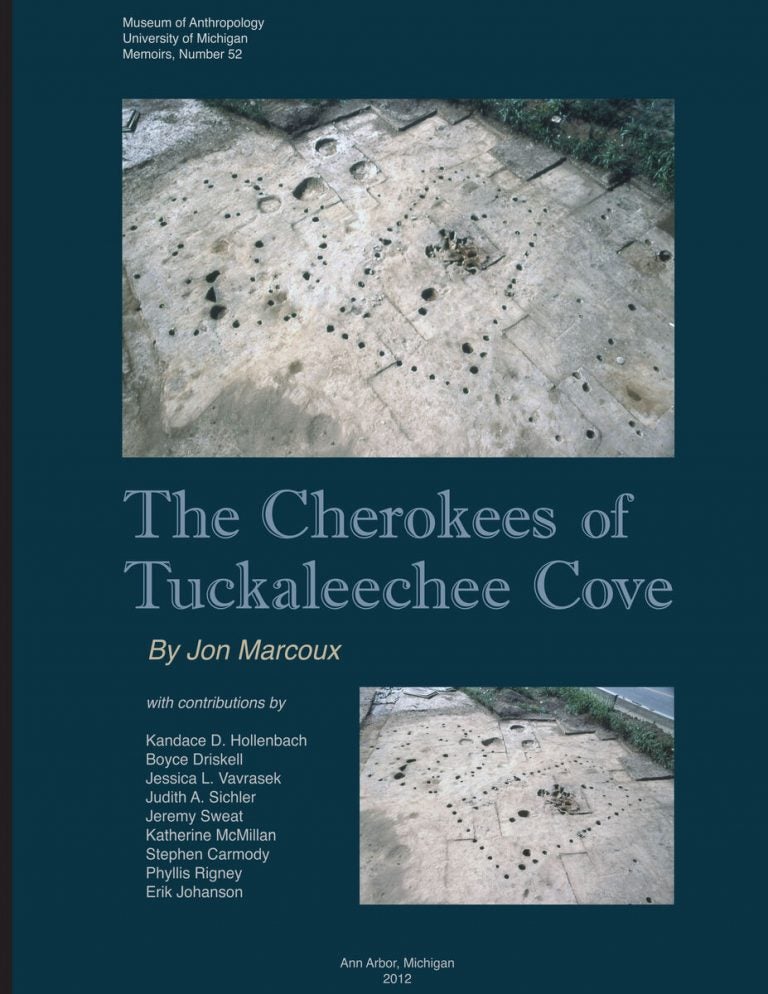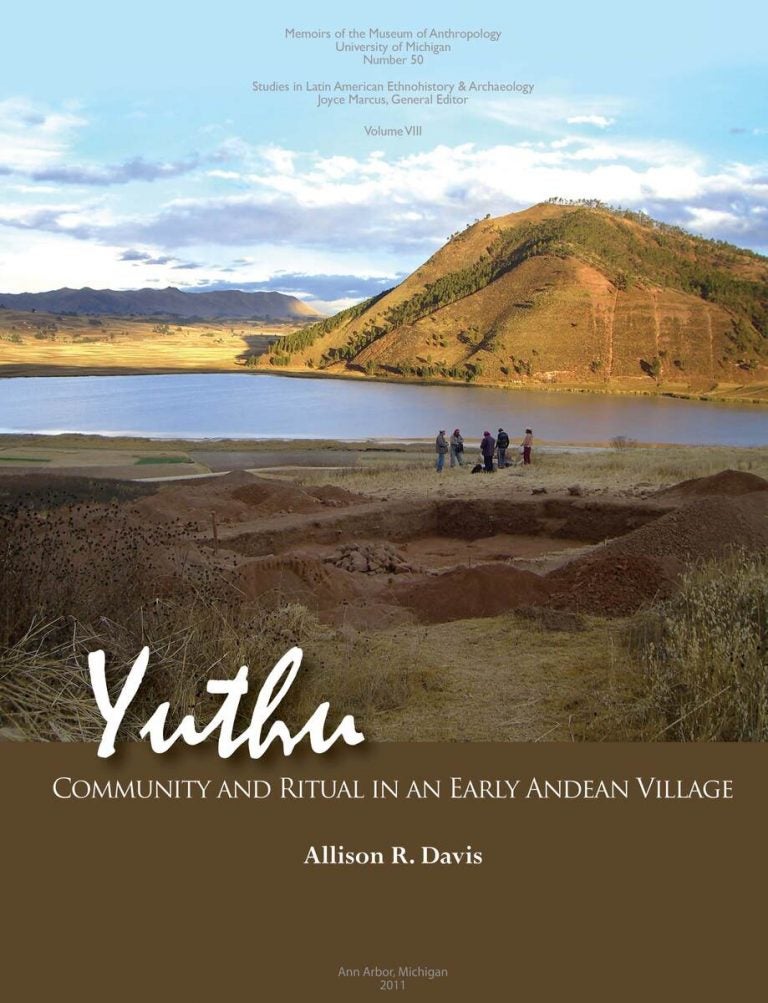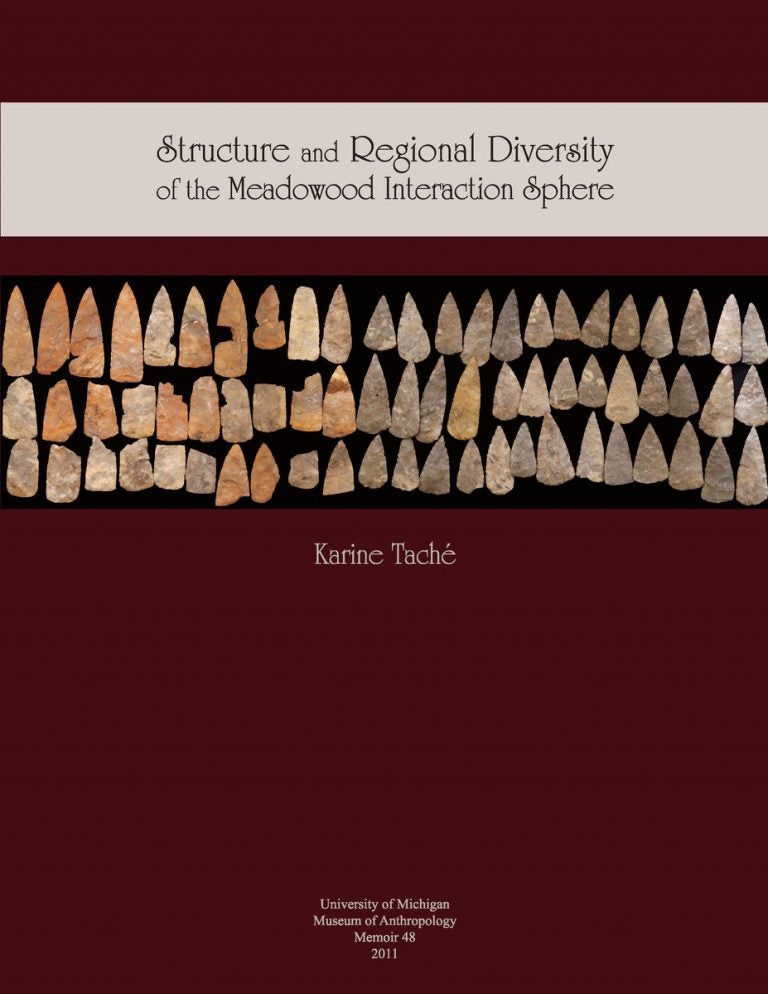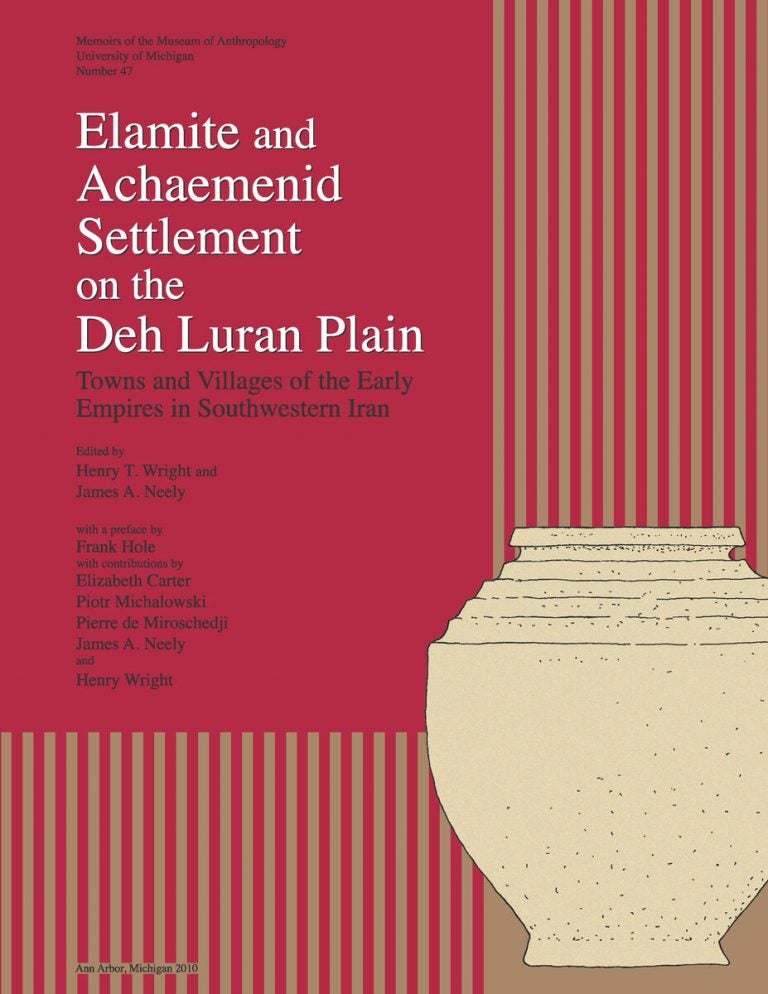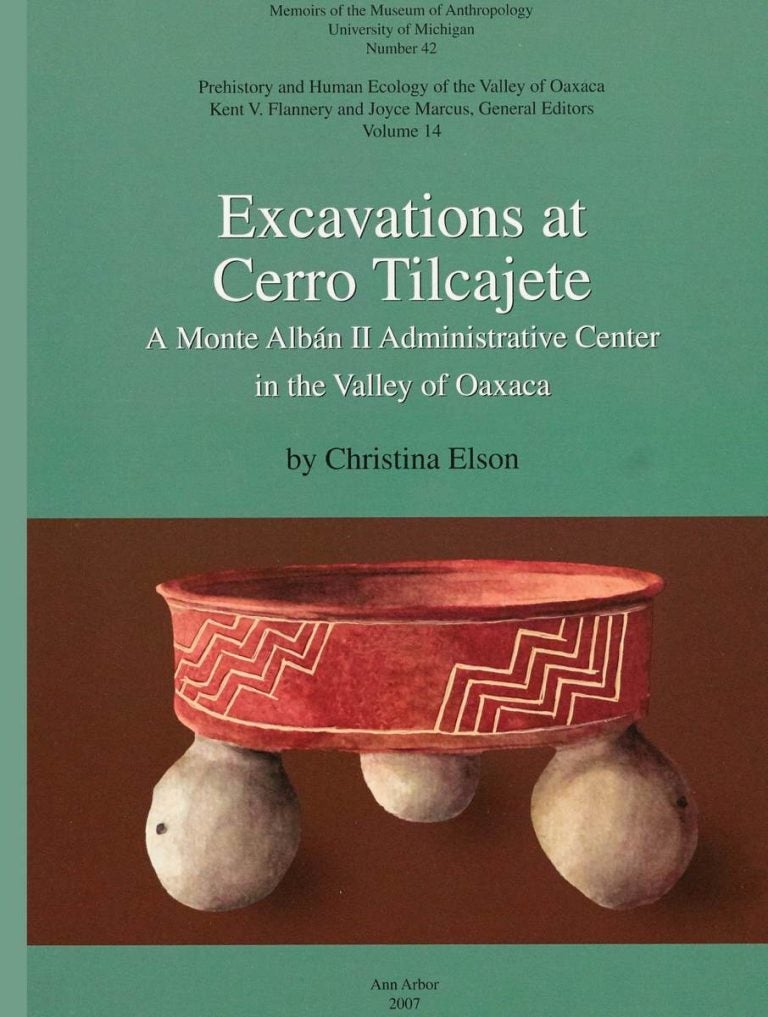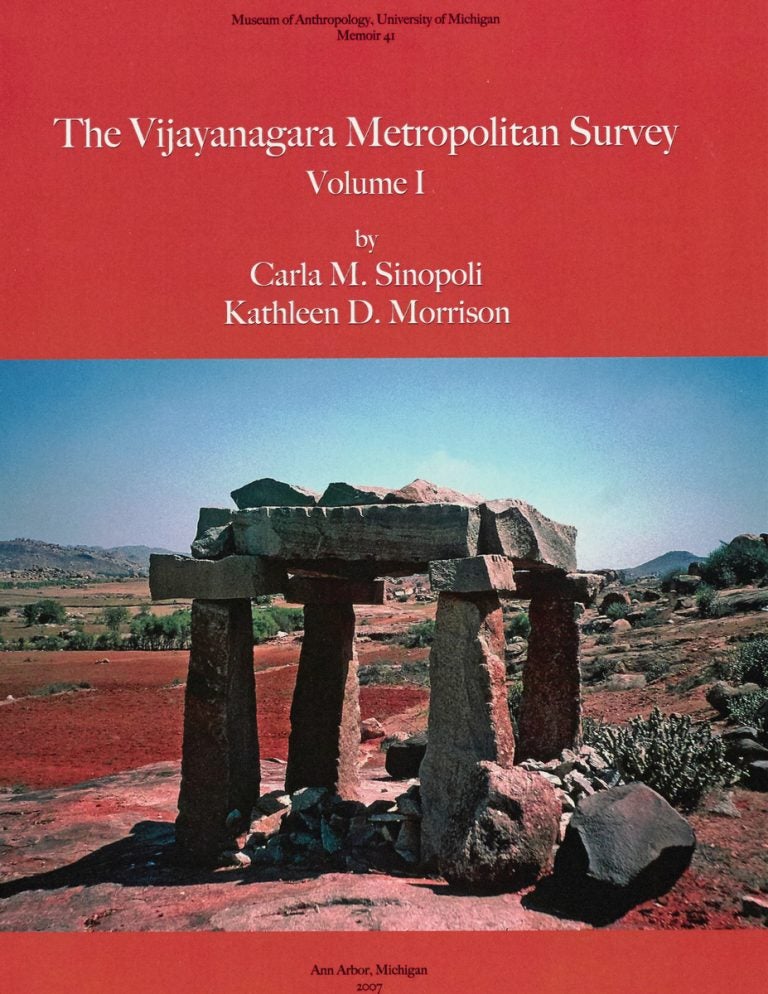Joyce Marcus directed excavations at the site of Cerro Azul in Peru’s Cañete Valley. In two previous volumes she reported on (1) a fish storage facility and the architecture, ceramics, and brewery in an elite residential compound, and (2) the inner workings of the coastal economic system.
In the course of her fieldwork, Marcus came across areas where Late Intermediate (AD 1000–1470) burials had been disturbed by illegal looting. She decided to salvage as much information from these looted burials as she could. Among her discoveries were that men at Cerro Azul were often buried with fishing nets, slings, and bolas, while women were frequently buried with belt looms, workbaskets, cotton and woolen yarn, barcoded spindles, and needlecases. This third Cerro Azul volume provides an inventory of all the burial data that Marcus was able to salvage.
Category: Memoirs
Archaeological Investigations in a Northern Albanian Province: Results of the Projekti Arkeologjik i Shkodrës (PASH), Volumes 1 and 2
This hardcover, two-volume set is the result of a five-year excavation and survey project in northern Albania and a multi-year collaboration with the University of Tirana. Volume 1 contains reports on the regional survey and test excavations at three settlements and three tumuli. In Volume 2, the authors describe the artifacts, including chipped stone and pottery from the prehistoric to the post-medieval periods, as well as results of faunal, petrographic, chemical, carpological, and strontium isotope analyses.
These two volumes place northern Albania—and the Shkodër Province in particular—at the forefront of archaeological research in the Balkans.
The Evolution of Settlement Systems in the Region of Vohemar, Northeast Madagascar
In four seasons of intensive archaeological survey in the Vohemar region of Madagascar, researchers found evidence of many settlements dating to different periods: a large port site dating to the fourteenth century (the same era as large cemetery nearby); early estuarine villages of the eighth to tenth centuries; and a rock shelter with microlithic tools.
Killarney Bay: The Archaeology of an Early Middle Woodland Aggregation Site in the Northern Great Lakes
The archaeological site at Killarney Bay, on the northeast side of Georgian Bay in Ontario, Canada, has attracted and mystified archaeologists for decades. The quantities of copper artifacts, exotic cherts, and long-distance trade goods all highlight the importance of the site during its time of occupation. Yet researchers have struggled to date the site or assign it to a particular cultural tradition, since the artifacts and mortuary components do not precisely match those of other sites and assemblages in the Upper Great Lakes. The history of archaeological investigation at Killarney Bay stretches across parts of three centuries and involves field schools from universities in two countries (Laurentian University in Canada and the University of Michigan in the United States). This volume pulls together the results from all prior research at the site and represents the first comprehensive report ever published on the excavations and finds at Killarney Bay. 157 color and b&w photographs and maps and 93 tables.
Zapotec Monuments and Political History
Joyce Marcus
M 61
Joyce Marcus, curator of Latin American Archaeology at the University of Michigan Museum of Anthropological Archaeology and Robert L. Carneiro Distinguished University Professor of Social Evolution, excavated in Mexico’s Valley of Oaxaca for decades. Here she draws on her own work and that of other scholars to create an encyclopedic, lavishly illustrated work on the origins and use of Zapotec writing.
Cueva Blanca: Social Change in the Archaic of the Valley of Oaxaca
Kent V. Flannery and Frank Hole
M 60
Archaeologists Flannery and Hole excavated a series of Archaic sites in the Valley of Oaxaca, including Cueva Blanca, as part of a project on the prehistory and human ecology of this region of Mexico. This cave yielded artifacts from the Late Pleistocene through the Early Archaic to the Late Archaic.
Coastal Ecosystems and Economic Strategies at Cerro Azul, Peru: The Study of a Late Intermediate Kingdom
Joyce Marcus
M 59
Cerro Azul, a pre-Inca fishing community in the Kingdom of Huarco, Peru, stood at the interface between a rich marine ecosystem and an irrigated coastal plain. Under the direction of its noble families, Cerro Azul dried millions of fish for shipment to inland communities, from which it received agricultural products and dried llama meat.
Excavations at San José Mogote 2: The Cognitive Archaeology
Kent V. Flannery and Joyce Marcus
M 58
San José Mogote is a 60-70 ha Formative site in the northern Valley of Oaxaca, Mexico, which was occupied for a thousand years before the city of Monte Albán was founded. Filling 432 pages and utilizing more than 400 photographs and line drawings, this book describes in detail more than 35 public buildings, including men’s houses, one-room temples, a performance platform, two-room state temples, a ballcourt, and two types of palaces.
Caribou Hunting in the Upper Great Lakes: Archaeological, Ethnographic, and Paleoenvironmental Perspectives
Elizabeth Sonnenburg, Ashley K. Lemke, John M. O’Shea
M 57
Bringing together American and Canadian scholars of Great Lakes prehistory to provide a holistic picture of caribou hunters, this volume covers such diverse topics as paleoenvironmental reconstruction, ethnographic surveys of hunting features with Native informants in Canada, and underwater archaeological research, and presents a synthetic model of ancient caribou hunters in the Great Lakes region.
The Northern Titicaca Basin Survey: Huancané-Putina
Charles Stanish, Cecilia Chávez Justo, Karl LaFavre, Aimée Plourde
M 56
This landmark book synthesizes the results of more than a decade of fieldwork in southern Peru—where Stanish and his team systematically surveyed more than 1000 square kilometers in the northern Titicaca Basin—and it details several hundred new sites in the Huancané-Putina River valley.
Regional Archaeology in the Inca Heartland: Hanan Cuzco Surveys
R. Alan Covey
M 55
The Cuzco region of highland Peru was the heartland of the Inca empire, the largest native state to develop in the Americas.
Cerro Danush: Excavations at a Hilltop Community in the Eastern Valley of Oaxaca, Mexico
Ronald K. Faulseit
M 54
Monte Albán was the capital of the Valley of Oaxaca, Mexico, ca. 500 B.C.–A.D. 600, but once its control began to wane, other sites filled the political vacuum.
Prehispanic Settlement Patterns in the Upper Mantaro and Tarma Drainages, Junín, Peru: Volume 2, The Wanka Region
Jeffrey R. Parsons, Charles M. Hastings, Ramiro Matos M.
M 53
This monograph is based on six months of systematic regional survey in the Wanka Region of Peru’s sierra central, carried out in two field seasons in 1975–1976 by the Junin Archaeological Research Project (JASP) under the co-direction of Jeffrey R. Parsons (University of Michigan) and Ramiro Matos Mendieta (Universidad Nacional Mayor de San Marcos).
The Cherokees of Tuckaleechee Cove
Jon Marcoux
M 52
This volume explores culture change and persistence within a late seventeenth-century Cherokee community in eastern Tennessee.
Advances in Titicaca Basin Archaeology–III
Alexei Vranich, Elizabeth A. Klarich, Charles Stanish
M 51
The focus of this volume is the northern Titicaca Basin, an area once belonging to the quarter of the Inka Empire called Collasuyu. The original settlers around the lake had to adapt to living at more than 12,000 feet, but as this volume shows so well, this high-altitude environment supported a very long developmental sequence.
Yuthu: Community and Ritual in an Early Andean Village
Allison R. Davis
M 50
The crown jewel of the Inka Empire was their capital, Cusco. So celebrated was the Cusco of Inka times that we sometimes forget how little we know of earlier times in the region.
Crowfield (AfHj-31): A Unique Paleoindian Fluted Point Site from Southwestern Ontario
D. Brian Deller, Christopher J. Ellis
M 49
This monograph provides a detailed description and analysis of the Crowfield Early (fluted point associated) Paleoindian site, excavated in 1981 and 1982.
Structure and Regional Diversity in the Meadowood Interaction Sphere
Karine Taché
M 48
This monograph offers the first major synthesis of the Meadowood phenomenon, one of the earliest and largest interaction spheres in northeastern North America. This volume breathes new life into our understanding of the Early Woodland phenomenon (3000–2400 BP).
Elamite and Achaemenid Settlement on the Deh Luran Plain: Towns and Villages of the Early Empires in Southwestern Iran
Henry T. Wright, James A. Neely
M 47
The Deh Luran Plain, nestled in the foothills of the Zagros Mountains close to the modern border between Iraq and Iran, had a long and rich prehistory, beginning with the local development of villages dependent upon rainfall farming and herding in the 8th millennium BC. This volume continues the account of the plain from the later 3rd millennium BC to the middle of the 1st millennium BC. It contains detailed site maps and descriptions, aerial and satellite images of major sites, statistics and drawings of ceramics, and discussions of the historical sources.
Domestic Life in Prehispanic Capitals: A Study of Specialization, Hierarchy, and Ethnicity
Linda R. Manzanilla, Claude Chapdelaine
M 46
With major differences in size, urban plans, and population density, the capitals of New World states had large heterogeneous societies, sometimes multiethnic and highly specialized, making these cities amazing backdrops for complex interactions.
Prehispanic Settlement Patterns in the Northwestern Valley of Mexico: The Zumpango Region
Jeffrey R. Parsons
M 45
This monograph presents data from a systematic regional archaeological survey carried out over an area of ca. 600 square kilometers during May through December 1973 by the University of Michigan Museum of Anthropology.
Imperial Transformations in Sixteenth-Century Yucay, Peru
R. Alan Covey, Donato Amado González
M 44
In this volume, R. Alan Covey and Donato Amado González present an archaeological and historical introduction to the Yucay Valley, as well as the complete transcription of the first volume of documents in the Betancur Collection.
Early State Formation in Central Madagascar: An Archaeological Survey of Western Avaradrano
Henry T. Wright
M 43
Distant Madagascar, the island at the end of the world, has many lessons to teach. The ancestors of the Malagasy people established themselves at least 1500 years ago. Again and again since their arrival, the Malagasy have created new kinds of political communities. This study concerns archaeological survey and excavations in the indigenous state of Imerina in the central highlands.
Excavations at Cerro Tilcajete: A Monte Albán II Administrative Center in the Valley of Oaxaca
Christina Elson
M 42
This volume, part of a series on the prehistory and human ecology of the Valley of Oaxaca, Mexico, focuses on Cerro Tilcajete, a secondary administrative center below Monte Albán, the capital of the prehispanic Zapotec state.
The Vijayanagara Metropolitan Survey: Volume 1
Carla M. Sinopoli, Kathleen D. Morrison
M 41
Vijayanagara, the “City of Victory,” was the capital of South India’s largest and most successful pre-colonial empire from c. AD 1330-1565. This richly illustrated volume reports on the results of a ten-year systematic regional archaeological survey in the hinterland or “metropolitan region” of this vast and well-preserved urban site.

